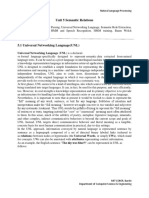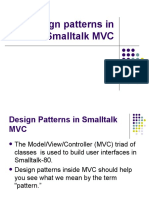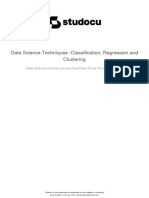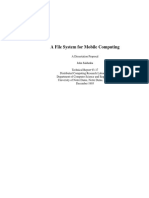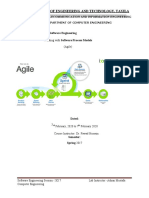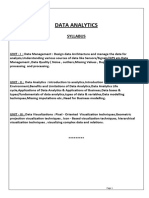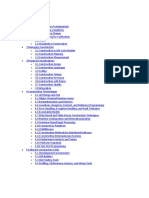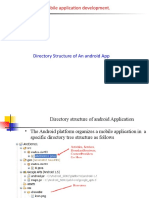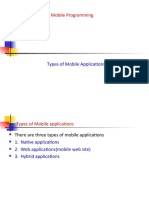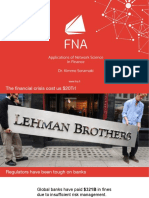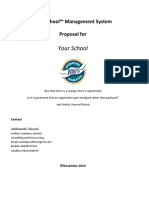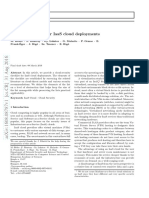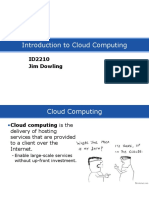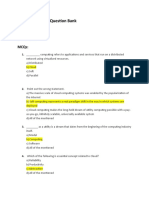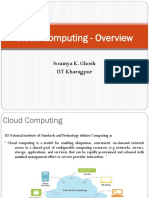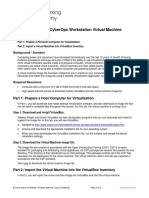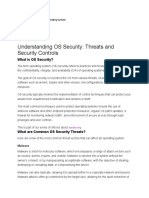0% found this document useful (0 votes)
236 views5 pagesVirtualization for IT Professionals
This document provides an overview of virtualization. It defines virtualization as using software to simulate hardware resources in order to run multiple independent systems on a single physical computer. The key components of virtualization include the hypervisor, host machine, guest operating systems, and virtual machines. It describes different types of virtualization such as network, storage, desktop and server virtualization. The main advantages are reduced costs, increased efficiency, and improved disaster recovery. Virtualization differs from cloud computing in that virtualization makes computing environments independent of physical resources, while cloud computing delivers shared computing over a network.
Uploaded by
TONY BLANKSCopyright
© © All Rights Reserved
We take content rights seriously. If you suspect this is your content, claim it here.
Available Formats
Download as PDF, TXT or read online on Scribd
0% found this document useful (0 votes)
236 views5 pagesVirtualization for IT Professionals
This document provides an overview of virtualization. It defines virtualization as using software to simulate hardware resources in order to run multiple independent systems on a single physical computer. The key components of virtualization include the hypervisor, host machine, guest operating systems, and virtual machines. It describes different types of virtualization such as network, storage, desktop and server virtualization. The main advantages are reduced costs, increased efficiency, and improved disaster recovery. Virtualization differs from cloud computing in that virtualization makes computing environments independent of physical resources, while cloud computing delivers shared computing over a network.
Uploaded by
TONY BLANKSCopyright
© © All Rights Reserved
We take content rights seriously. If you suspect this is your content, claim it here.
Available Formats
Download as PDF, TXT or read online on Scribd
/ 5



